Key trends
- Longer life expectancy and an ageing population. People are living longer and the population structure is ageing. In Western societies, young people will become a minority. Young people cannot be solely responsible for incorporating new approaches, technologies and sustainability into the way they operate. At the same time, one’s functional capacity may become a more important factor than one’s age. How will our societies look when a growing proportion of the population is over 65 and being a centenarian is normal?
- Declining birth rate. The proportion of childless people will increase and the birth rate will decline further in Finland. Childlessness will become common especially among the less educated.
- The population will be concentrated in a small number of areas. The Finnish population will be concentrated in a few large growth centres. Other regions will face a decline in population and a growing proportion of senior citizens.
- Urbanisation will continue. The migration from rural areas to cities will continue globally. In 2050, nearly 70 per cent of the world’s population will live in cities. The nature of the megacities that are currently emerging in Asia and Africa will also define our global future. Will they be giant slums of millions of inhabitants or cities with sustainable infrastructure, administration and way of operating?
- Increasing migration. Global migration flows will grow as a result of the transformation of working life, urbanisation, conflicts and environmental changes. Migration to Finland may also increase.
- A stronger position for girls and women. Global progress has been seen in gender equality, but much room for improvement remains, particularly with regard to the structural root causes of inequality, like the distribution of work and power, and the manner in which the value of household work and caring for other people is taken into consideration in an economic sense. The position of girls and women has improved and problems are more readily highlighted. For example, the #metoo movement has put the spotlight on sexual harassment and had a genuine impact on society. At the same time, in societies with the highest level of equality, social media has created a platform for new kinds of hate speech and hostility towards the position of women and girls.
- Changing health challenges. The ageing of the population will be coupled with an increase in dementia, falls and other age-related health problems. Heatwaves brought about by climate change will make it more difficult for people in poor health to cope. Mental health problems will increase especially among young people, with the underlying causes including climate anxiety, the competitive nature of society and the information flood created by digitisation. Antibiotic resistance will become increasingly common and diseases will spread rapidly in a globalised world.
- Tribalisation. Polarisation will increase and people will try to assign themselves and others to various imaginary groups based on criteria such as values, place of residence, political opinion, consumption choices or lifestyles. The tribes thus formed are then associated with characteristics that may not be related to the original classification criteria.
- Decline in concentration and creative thinking. The easy availability of information and intensifying competition for attention has reduced people’s ability to concentrate. To cope with the flood of information they face, people draw quick conclusions based on headlines, photos and memes. There is less and less time for boredom and careful thinking.
- Growing significance of religions and ideologies. The significance of religions is growing globally. This is not evident in Finland on the same scale, although there are some signs of religion being used as an instrument of politics and influence. Alongside the traditional religions, new ideologies such as posthumanism may offer a foundation for action in a changing world.
In the future, it will be increasingly difficult to lump Finns together into one group. The population structure will change as a result of longer life expectancy and a low birth rate. The pressure behind migration will increase globally, and the impacts may be felt in Finland as well. Polarisation has escalated and people increasingly see themselves and others as being members of tribes. Will we find a new story for what it means to be Finnish, or will we be stuck arguing about old definitions?
The world’s population currently stands at 7.7 billion people. The UN estimates that the global population will reach 10 billion by 2050 and nearly 11 billion by the end of the century. There are major differences between countries with respect to trends in population structure, and population growth is concentrated in a small number of countries, particularly in sub-Saharan Africa. The population is also ageing globally as a result of longer life expectancy and declining birth rates.
The Finnish population is ageing as the birth date is decreasing. According to a forecast by Statistics Finland, the size of the Finnish population will begin to decline in 2031. In 2050, it is estimated that the population will have decreased by 100,000. Finland’s population is particularly affected by the development of the birth rate and the rate of immigration.
The change in population structure will also influence the dependency ratio. From the 1970s to the 2010s, the dependency ratio remained fairly stable, with five non-working-age people per 10 working-age people. In 2018, there were six non-working-age people per 10 working-age people and, according to the population forecast, in 2050 the number will be seven. The ageing of the population has a significant impact on the labour market and the Nordic countries have responded to it in similar ways, focusing on areas such as the pension system, competence development, family policy and immigration policy.
When it comes to the ageing of the population, it is necessary to consider not only quantity but also quality: how healthy will people remain? According to Statistics Finland, life expectancy in Finland has seen a steady increase. For children born in 2018, life expectancy was 79 years for boys and 84 years for girls. The corresponding figures for healthy life expectancy were 59 for men and 57 for women. The proportion of healthy people over 70 years of age has increased in recent years, and more and more people can live at home longer. Preventive healthcare and healthy lifestyles will be emphasised, and the healthy life expectancy can also be extended by gene therapy, i.e. gene transfer and gene replacement as well as new kinds of medicines, nutrition and other health technology.
Finland’s birth rate has been below the replacement level for several decades now. People are having fewer children and later in life. The declining birth rate during the past few years can also be attributable to voluntary and involuntary childlessness. In the past, childlessness was more common among the highly educated but, in recent years, childlessness has increased the most among the less educated.
Diversification is also seen in differences in attitudes
The population structure is also influenced by immigration. Globally, migration is expected to increase as a result of urbanisation and changes in working life on the one hand, and as a result of unrest and the deterioration of the environment on the other. However, the focus of migration is usually on nearby regions.
In Finland’s case, future trends in immigration depend on policy decisions, the atmosphere in society, the success of integration efforts and the situation in world politics with regard to the number of people looking to migrate to Europe. Finland’s net migration rate has remained largely unchanged over the past few years. People from other European countries and Asia have migrated to Finland in particular. According to Statistics Finland, Estonians are the largest migrant group in Finland by a large margin. A fraction of the immigrants come from refugee backgrounds. While immigration has increased, emigration from Finland has also grown.
Immigration is currently focused particularly on cities and the Helsinki metropolitan area. According to a survey by E2 Research, three quarters of the foreign-language speakers in the Helsinki metropolitan area feel they are part of Finnish society, but a much smaller share identify as Finns. At the same time, the concept of Finnishness is the subject of increasing discussion. The key elements in the integration of immigrants are social networks, learning the language, permanent engagement in working life and a welcoming atmosphere in Finnish society.
Migration to cities is also occurring in Finland in a more general sense. The population is expected to grow in the Helsinki, Tampere, Turku and Oulu regions, while other parts of the country will see a decline in population. In the municipalities with negative net migration, the ageing of the population is also faster than in the aforementioned regions. Surveys indicate that people want Finland to remain widely populated, but there is no sign of a countertrend to urbanisation. The retargeting of immigration or agriculture becoming more labour-intensive as a result of ecological reconstruction may change this trend.
In addition to changes in the population’s structure and geographic distribution, the population is also diversifying with regard to working life and attitudes. The old classifications no longer apply in a world where work is done in a wider range of ways and in new sectors. Work and education are important elements of the Finnish identity. The diversification of work and the era of lifelong learning will, therefore, be also reflected in identity. Diversification is also seen in differences in attitudes. While Finns mostly have the same priorities in terms of how identity is determined, there are growing differences in attitudes regarding issues such as immigration and climate action. Many voters are no longer loyal to a single political party and, at the same time, political issues no longer follow the traditional divisions between the right and the left, for example.
Bringing shades of grey into “us vs them” thinking
The diversification of the population may cause “demographic anxiety”, which refers to the feeling of being a guest in one’s own country and the perception that other people do not think and act in the same way as you do. This can lead to perceived tribalisation, or people defining themselves and others as members of tribes based on certain individual differences in order to simplify the world. “Us against them” thinking seems to be growing increasingly common in many contexts. The important thing is to find shades of grey in black-and-white thinking and understand the many nuances and dimensions of diversity.
One of the key divisions is the one between cities and the countryside. From the perspective of discussing future trends, however, this is an artificial division that evokes misleading conceptions of congested megacities and desolate villages. The differences in views and life situations may be larger among those who live in cities than the corresponding differences between people who live in cities and rural areas. At the same time, multi-locality, which refers to living and working in several places, has been a growing trend for a long time. Cities may see an increase in more self-sufficient and communal “rural” living, while more sparsely populated areas may see an increase in more concentrated “urban-like” activities. The potential growth of domestic tourism due to environmental reasons, for example, and the diversification of agriculture may lead to a higher demand for labour in rural areas.
Many of the criteria behind tribalisation are related to values and contrasts between them, such as internationalism vs nationalism, individualism vs collectivism or liberalism vs conservatism. These kinds of polarised views are often rooted in old ideas of the world. It will be interesting to see how the tensions created by polarised views will develop, and whether we will be successful in leaving them behind and moving towards new ways of understanding our world and the transformative changes happening in it.
Perceived inequality is also a factor behind the polarisation of views. According to Statistics Finland, the income gap in Finland has remained largely unchanged during the past years, but the wealth gap has grown. The proportion of total net assets owned by the wealthiest 10 per cent has grown while the proportion owned by the average-earning sector of society has decreased. Employment uncertainty and debt increase the sense of inequality. Inequality is also reflected in health and life expectancy: more and more people live longer, and those who can afford it invest in their health and well-being.
Maintaining health and well-being as the population ages and becomes more diverse will be one of the most essential questions in the future. How can the quality and adequacy of society’s services as the population ages and the size of the workforce declines be ensured? What kinds of solutions will be offered by digitisation and preventive healthcare? Will the issue of a shrinking workforce be resolved through automation, immigration or longer careers – or perhaps a combination of these or some entirely new solution?
Tensions
- Cities, rural areas and multi-locality. The population becoming concentrated in a small number of growth centres and the contrasting desire to keep Finland widely populated create a conflict between cities and rural areas. There seems to be an increase in polarisation, although there are also attempts to find shades of grey through multi-locality and more diverse classification.
- Internationalism vs nationalism. Globalisation has made the world more international and agreements on many issues have been reached at the international level. However, globalisation has also led to an opposing reaction in the form of increased nationalism and emphasis on national borders. The benefits of internationalism are not always acknowledged because they may be indirect, and the negative aspects are emphasised in the discussion.
- Individualism vs collectivism. The prevailing individualistic culture is challenged by tribalisation – that is, the formation of new tight-knit groups and growth in movements focused on certain issues – and also by the sharing economy and communal living.
- Networks vs bubbles. Tribalisation and the polarisation of discussion create bubbles of like-minded people. At the same time, social networks and the trust and reciprocity they foster are highlighted from the perspective of well-being as well as working life.
- The dependency ratio and maintaining the welfare state. As the population ages and the size of the workforce declines, there will be increasing tensions between the ideal of the welfare state and how to maintain it. Employment-based immigration, longer careers or healthier lifestyles may ease these tensions, but we may also face a deeper rethinking of the structures of work, income and well-being.
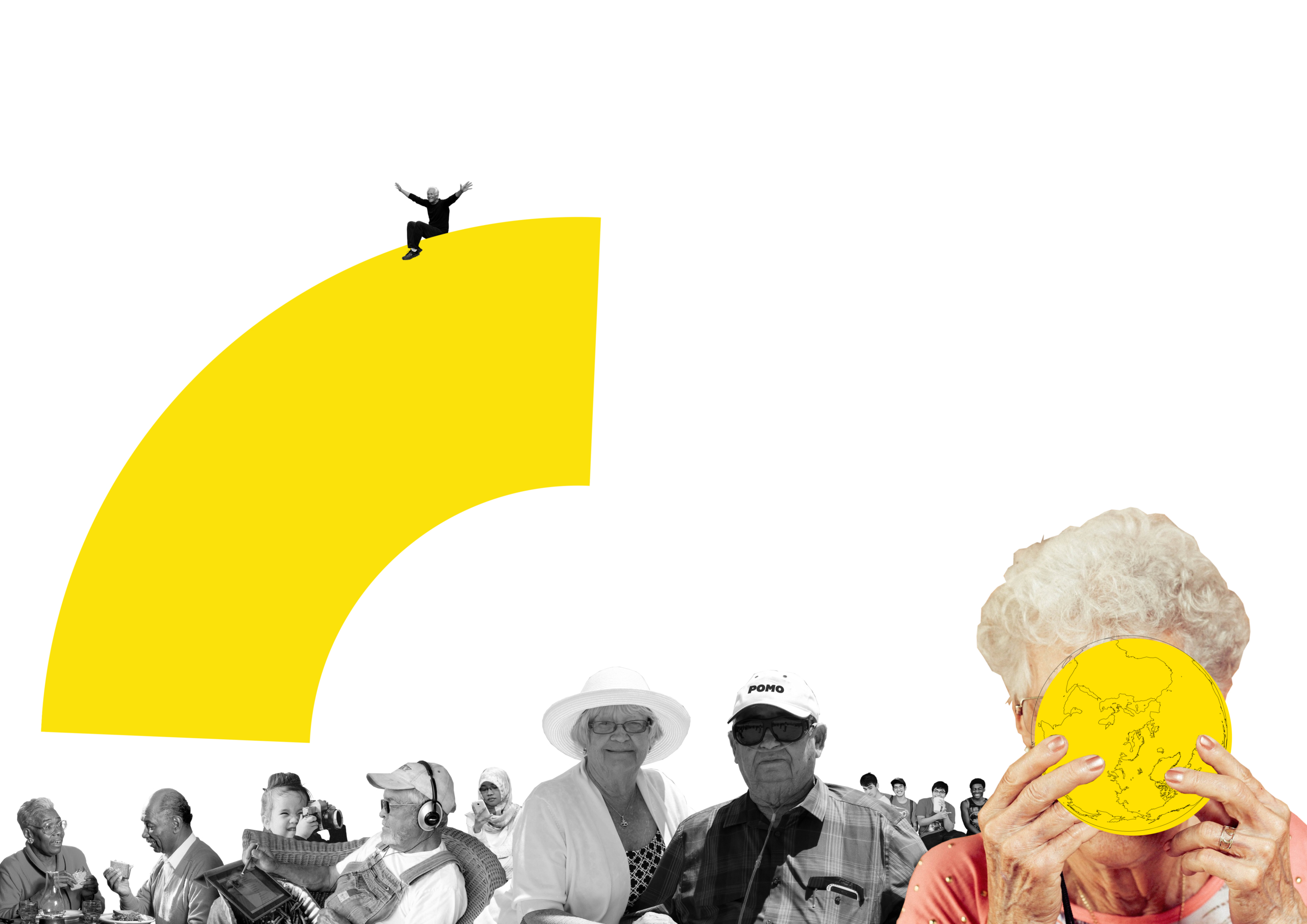

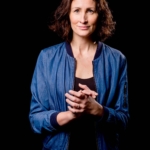




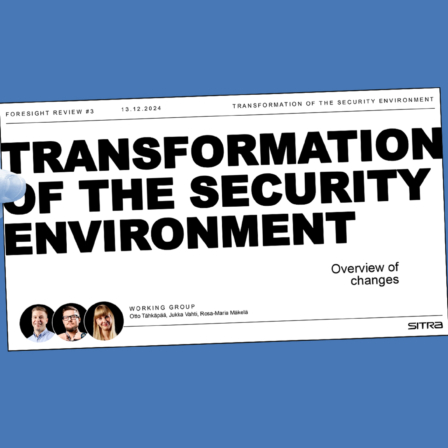



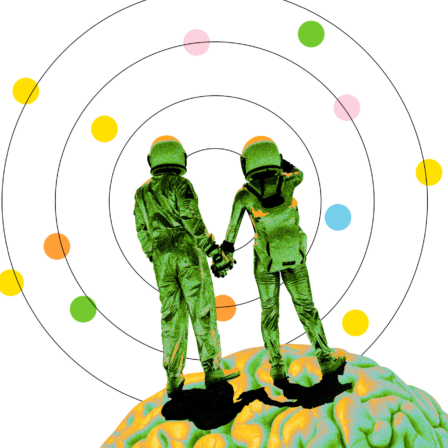



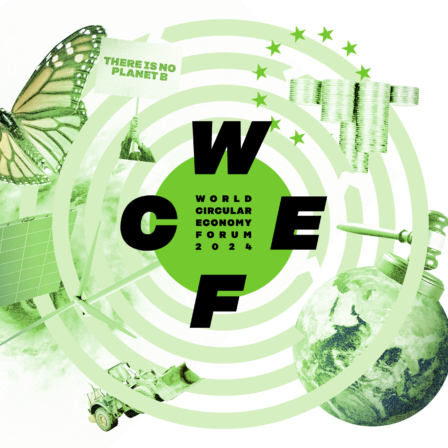
Recommended
Have some more.